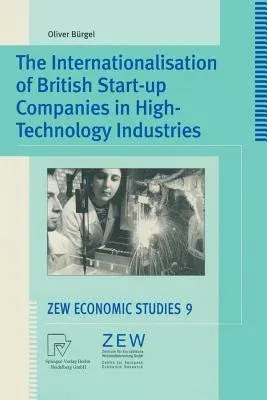Oliver Bürgel
(Author)The Internationalisation of British Start-Up Companies in High-Technology Industries (Softcover Reprint of the Original 1st 2000)Paperback - Softcover Reprint of the Original 1st 2000, 23 June 2000

Qty
1
Turbo
Ships in 2 - 3 days
In Stock
Free Delivery
Cash on Delivery
15 Days
Free Returns
Secure Checkout
Part of Series
Zew Economic Studies
Print Length
230 pages
Language
English
Publisher
Physica-Verlag
Date Published
23 Jun 2000
ISBN-10
3790812927
ISBN-13
9783790812923
Description
Product Details
Author:
Book Edition:
Softcover Reprint of the Original 1st 2000
Book Format:
Paperback
Country of Origin:
US
Date Published:
23 June 2000
Dimensions:
23.39 x
15.6 x
1.32 cm
ISBN-10:
3790812927
ISBN-13:
9783790812923
Language:
English
Location:
Heidelberg
Pages:
230
Publisher:
Series:
Weight:
353.8 gm

